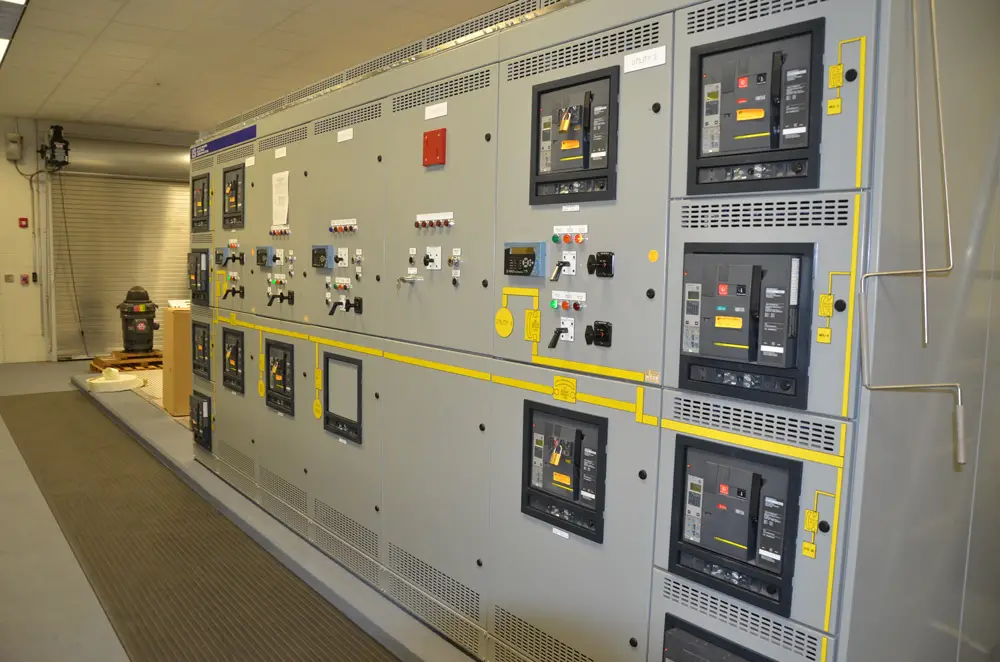
As it had signaled two weeks ago, the Palm Coast City Council voted against a water and sewer rate increase, choosing instead to limit increases to development impact fees, the one-time fee builders pay on new construction to defray the cost of new residents and businesses on the city’s infrastructure.
Impact fees are generally, but not always, paid by newcomers as the added cost on new construction is passed down to the owners or renters. Impact fees will increase from a combined $9,435 for water and sewer hook-ups to $12,221 by 2028, a 30 percent increase. The city administration had recommended an 18 percent base and usage rate increase over four years, even as rate payers are at the tail end of a 20.6 percent increase since 2018.
The administration and a city consultant say the increases are necessary to keep up with growth and an aging infrastructure. A majority of council members did not want to saddle existing residents with growth’s burdens. They say a delay in rate increases is warranted. Council member Nick Klufas, who voted in favor of the impact fee increase and was in favor of the broader increase, is the only member who was on the council in 2018, and who had voted for those increases back then. He wanted to follow what “our experts” were telling the city.
“There isn’t huge amounts of waste occurring at the water utility that we’re able to just quote unquote, tighten our belts and be able to continue without running into a deficit,” Klufas said. “And I fear what’s going to occur–because I’ve sat up here long enough to foreshadow this– is in three to five years, we’re going to have another rate study come back and the rate study is going to say: we need the same type of increases except it’s going to be retroactive, essentially because of the power of compounding. So we’re going to have these issues three to five years from now and the increases are going to be more substantial instead of getting ahead of it now.”
But the council had made similar arguments in 2018, at the tail end of a 17.8 percent rate increase over the previous four years. Put another wat, residents have experienced rate increases of well over 5 percent a year for almost a decade, when annual cost of living increases are included, and still, the utility is not getting ahead of needs.
The city will not wait another five years for a rate study, however. Chief of Staff Jason DeLorenzo said the utility will provide a forward-looking presentation on the utility’s capital needs as soon as May, leaving it to the council to decide how to proceed.
Pontieri agrees with Klufas, and said utility rate increases have not been taken off the table precisely for those reasons–the risk of compounding needs in the future. “But at this point, I think we were all kind of wanting a little bit more information before making that leap,” Pontieri said.
Mayor David Alfin described himself as “the lone dissenting vote” on the impact fee increase, explaining his dissent in seemingly contradictory terms: “Good governance requires guts to stand up and lead towards a well planned and managed future above the noise of short term campaign preferences,” he said, a reference to two of his fellow-council members–Klufas and Ed Danko–running for County Commission seats. “I am not fully confident that investing more money in a utility department that suddenly claims extreme circumstances to justify increases is worthy of an immediate approval.”
Yet his very next sentence was: “Approving smaller increases is analogous to death by 1000 cuts. The utility will return to council for future increased rates. Good governance dictates that we consider increasing fees as part of an all-inclusive, comprehensive program that is responsibly forecast for a conservative city budget. Utility fee structure should support the vision of our overall budget and provides the capital investment for our short and long term future new leadership.” The city’s consultant and the administration thought they had done exactly that when they made their case for rate increases.
Alfin was on stronger grounds when he said the city is still awaiting word on the $35 million in a legislative request for the expansion of its Wastewater Treatment Facility Plant 1, though indications are that this particular request was not successful. “Our vote to increase rates in favor of capital improvements is premature until we balance costs against potential investments from the state legislature.”
“The alternative is that our current residents subsidize the cost of growth, and that is absolutely not acceptable,” Pontieri said.
“What I said was that I didn’t think that this moment was the appropriate moment to rush to make a decision,” Alfin rejoined. “And you had also said that you were awaiting additional information.”
“I absolutely said I want to see what it is that we get from appropriations,” Pontieri said. “I’ve seen the ongoing list and it’s not looking so great. So we can’t depend on that. We need to increase the impact fees now because we know for a fact that the majority–and we’ve heard this from staff we heard this from our consultant–the majority of the capacity increases in the capital improvement projects are because of expansion and growth or not because of ongoing operation.” Even if the city were to get the money from state appropriations, “it’s still not going to affect these numbers.”
The Flagler Home Builders Association did not oppose the impact fee increase. “The builders do recognize the need to continue to pay for and support the growth that we helped to create,” Annamaria Long, the association’s executive officer, said. “We certainly want our residents to come here and enjoy the clean water. We want the plumbing to go in the direction it’s supposed to, not hang out in the house. We all, most of us, also live here so we want to enjoy the same things.” Notably, she said, “we can only hope that the water becomes affordable.”
Several residents who addressed the council supported “maxing out” impact fees on builders, an approach Pontieri had favored (and then some), but the current numbers, she said, “support full cost recovery of the cost of growth, so it would be unreasonable for us as a council to charge any more.”
![]()
utility-rates-2024










